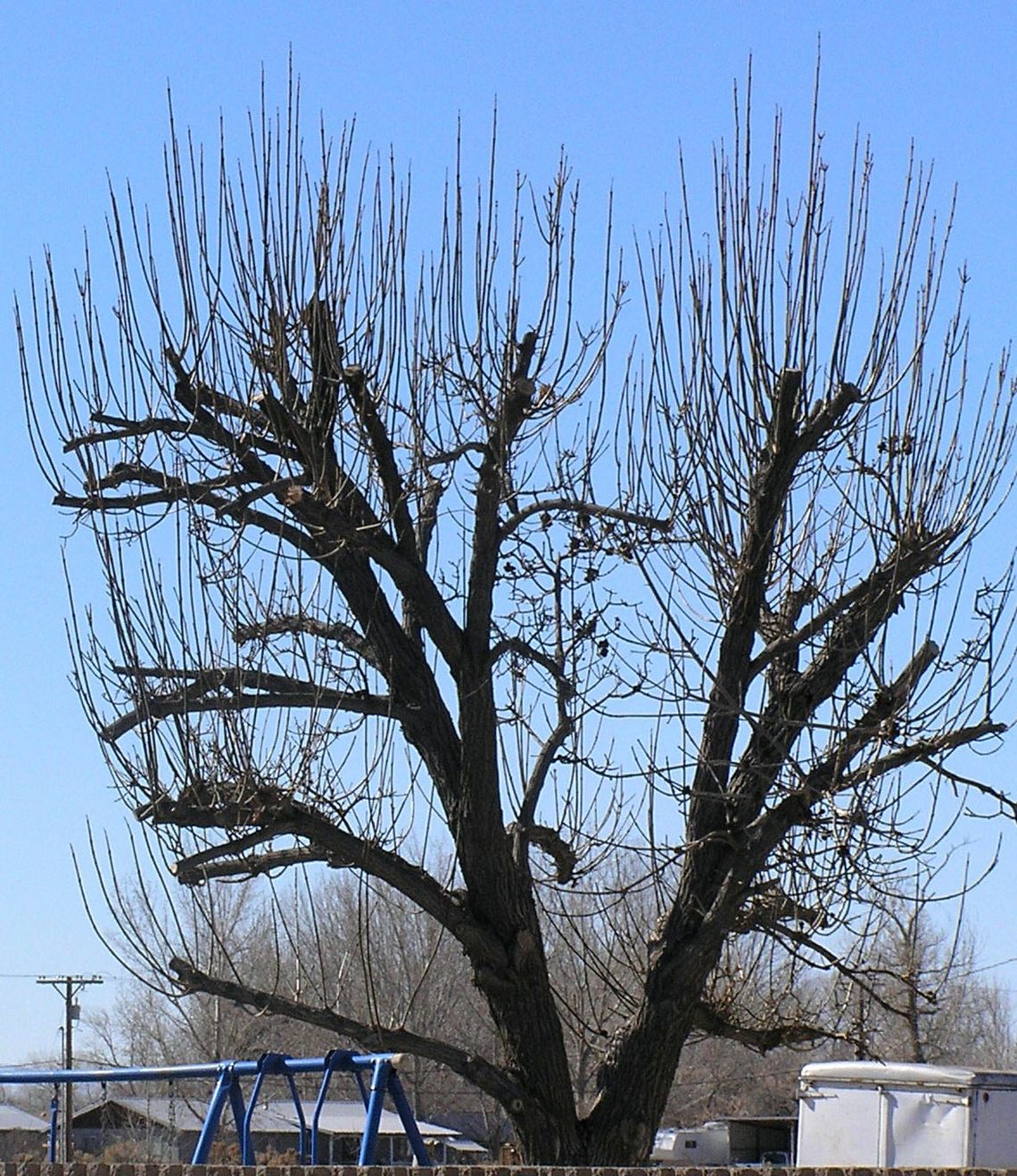Garden of Edith - Late Winter Pruning
- 03/05/2019 04:07 AM (update 04/10/2023 11:09 PM)

By Edith Isidoro-Mills--
The weather has been wet, windy and not conducive to doing much winter pruning. Still, if we do get a window for pruning now is the time before leaves appear. Late winter is an ideal time to prune fruit trees, non-flowering trees, and shrubs except spring flowering ornamentals. Prune spring flowering ornamentals after they finish blooming.
Before starting on any pruning, make sure you implements are sharp and sterilized with a 10% solution of Chlorox. For chainsaws and any thing that can’t be dipped in a solution of Chlorox there are sterilizing sprays that can be used. Better yet, save the chainsaw for total tree removal! Chainsaws are hard to sterilize and harder to control. Unless you want to remove the whole tree, they really aren’t very useful.
A good set of pruning tools consists of hand pruners, lopping shears, curved tree saw, and a bow saw. Extended handle pruning tools can be included but they’re awkward to use and don’t always make a clean cut.
Now that you have a clean set of pruning tools, it might be time to prune but before doing so I recommend checking the Internet for some good information on what and how to prune. Most land grant universities have very good online publications with good illustrations. In this case, if you don't find a pruning guide specific to Nevada, don't worry.
Pruning techniques and what gets pruned at this time of year is universal in most climates including ours. Here are some examples of Extension websites with information on pruning; https://extension.umn.edu/planting-and-growing-guides/pruning-trees-and-shrubs and https://aggie-horticulture.tamu.edu/earthkind/landscape/proper-pruning-techniques/ . You can also get good information from Arbor Day Foundation and from botanical garden websites such as the Chicago Botanic Garden. If you aren’t very computer savvy, there are some very good pruning books that can be purchased at local nurseries or bookstores.
Most trees, except for fruit trees need very little pruning. Remove branches that rub other branches or branches that block walkways or rub against the house.
Fruit trees do benefit from thinning the branches so that more of their energy goes into making fruit. However, shade trees usually don’t need this thinning. If you do thin, the branches remember that it’s best not to reduce the crown more than 25% and never top the tree.
Though fruit may benefit from heavier pruning, don’t forget to think about which wood may produce fruit. Some fruit trees only produce fruit on two year-old wood. If you prune too aggressively you may prune away all of your fruit. In most of Northern Nevada, this may be a mute a point since most years we have late killing frosts that kill the blossoms before pollination can occur.
Don't prune flowering shrubs such as Forsythia and lilacs until after they bloom in the spring. Doing so now would only reduce if not eliminate their showy blooms in the spring.
Roses are one shrub that should be pruned in the spring before leafing out but don’t rush. We could still get some cold weather that will kill them back the tiny shoots that pruning can actually stimulate to grow sooner.







Comment
Comments